Terry McKnight - Pirate Alley: Commanding Task Force 151 Off Somalia
Here you can read online Terry McKnight - Pirate Alley: Commanding Task Force 151 Off Somalia full text of the book (entire story) in english for free. Download pdf and epub, get meaning, cover and reviews about this ebook. year: 2012, publisher: Naval Institute Press, genre: History. Description of the work, (preface) as well as reviews are available. Best literature library LitArk.com created for fans of good reading and offers a wide selection of genres:
Romance novel
Science fiction
Adventure
Detective
Science
History
Home and family
Prose
Art
Politics
Computer
Non-fiction
Religion
Business
Children
Humor
Choose a favorite category and find really read worthwhile books. Enjoy immersion in the world of imagination, feel the emotions of the characters or learn something new for yourself, make an fascinating discovery.
- Book:Pirate Alley: Commanding Task Force 151 Off Somalia
- Author:
- Publisher:Naval Institute Press
- Genre:
- Year:2012
- Rating:4 / 5
- Favourites:Add to favourites
- Your mark:
Pirate Alley: Commanding Task Force 151 Off Somalia: summary, description and annotation
We offer to read an annotation, description, summary or preface (depends on what the author of the book "Pirate Alley: Commanding Task Force 151 Off Somalia" wrote himself). If you haven't found the necessary information about the book — write in the comments, we will try to find it.
Rear Admiral Terry McKnight, USN (Ret.) served as Commander, Counter-Piracy Task Force-Gulf of Aden. He wrote the first draft of the Navys handbook on fighting piracy while serving as the initial commander of Combined Task Force 151, an international effort to deploy naval vessels from several nations in a manner designed to prevent piracy in the Gulf of Aden and farther out into the Indian Ocean. McKnight personally commanded operations that disrupted several hijackings in progress, and resulted in the capture of sixteen Somali pirates. Thats when he ran head-on into the bizarre U.S. policy of catch-and-release, and realized that theres a lot more to fighting piracy than just catching some skinny youngsters armed with AK-47s and RPGs.
After his tour in the waters off the Horn of Africa and the Arabian Peninsula, he retired from the Navy and began seriously researching the subject. As a result, he and his co-author, journalist Michael Hirsh, have put together a very readable book that serves as a comprehensive introductory course on the subject. Pirate Alley includes a behind-the-scenes look at the SEAL Team 6 takedown of the pirates who had kidnapped Captain Richard Phillips of the Maersk Alabama. It also reveals what a young Ph.D. candidate from Duke University found during three months on the ground in Somali pirate villages.
Pirate Alley explores every aspect of Somali piracy, from how the pirates operate to how the actions of a relative handful of youthful criminals and their bosses have impacted the world economy. The book examines various answers to the question How do you solve a problem like Somalia? It explores the debate over the recently adopted practice of putting armed guards aboard merchant ships, and focuses on the best management practices that are changing the ways that ships are outfitted for travel through whats known as the High Risk Area. Readers will learn that the consequence of protecting high quality targets such as container ships and crude oil carriers may be that pirates turn to crime on land, such as the kidnapping of foreigners.
The work also focuses on the worldwide economic impact of piracy, noting that despite claims that piracy is costing as much as $13 billion a year, one of the largest commercial shipping companies argues that over-reaching national and international shipping regulations have a significantly greater negative effect on the worlds economy than does piracy.
In the books conclusion, McKnight contends that, in the interest of justice, nations need to beef up their ability to prosecute and imprison captured pirates. And that the United States has no choice but to continue to hew to a policy that was first stated in Article 1 of the U.S. Constitution: The Congress shall have Power...to define and punish Piracies and Felonies committed on the high Seas, and Offences against the Law of Nations.
Terry McKnight: author's other books
Who wrote Pirate Alley: Commanding Task Force 151 Off Somalia? Find out the surname, the name of the author of the book and a list of all author's works by series.

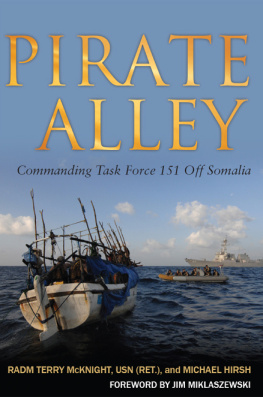
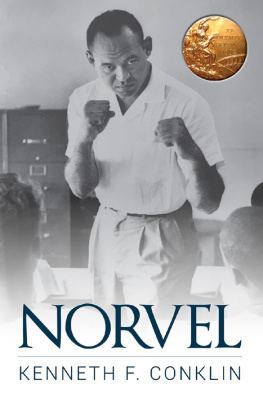
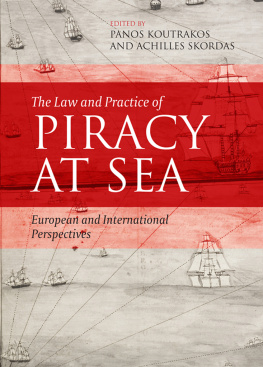


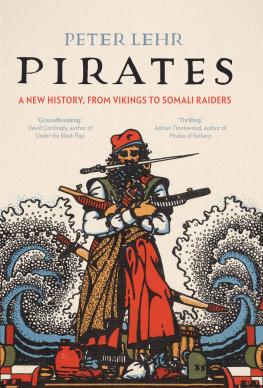
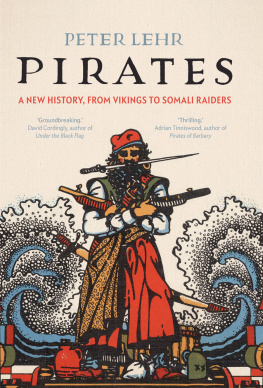
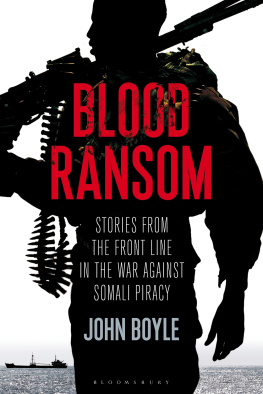

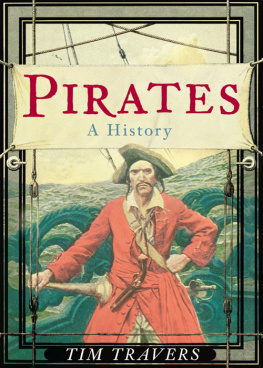

 This paper meets the requirements of ANSI/NISO z39.48-1992 (Permanence of Paper).
This paper meets the requirements of ANSI/NISO z39.48-1992 (Permanence of Paper).